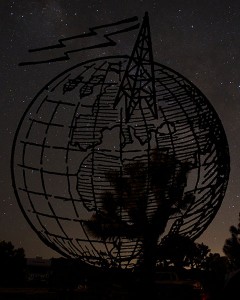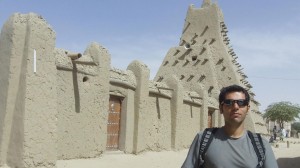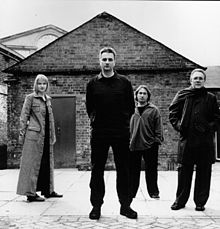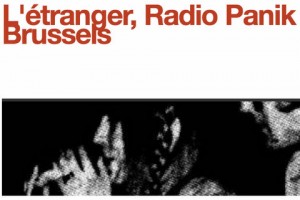 I’m a little concerned: last night I couldn’t hear the Voice of Greece on 9,420 kHz. Not even a carrier.
I’m a little concerned: last night I couldn’t hear the Voice of Greece on 9,420 kHz. Not even a carrier.
Though I’ve noticed they’ve had intermittent transmitter problems in some broadcasts (you can even hear it in the first minutes below) they haven’t gone off the air this long in recent memory. Not even when they were ordered to stop broadcasting. I fear that when the new Greek national broadcasting service emerges, their international arm may be cut. Their budget is tight and I imagine their shortwave service will receive strong scrutiny.
I would appreciate any news and reports from listeners. If you hear VOG on the air, please comment with frequency and time. [Update: Check out this post from Christos.]
In the meantime and for your listening pleasure: one hour and forty three minutes of the Voice of Greece. Recorded Wednesday, August 14, 2013 on 9,420 kHz starting at 00:00 UTC.
Click here to download the recording as an MP3, or simply listen via the embedded player below:





